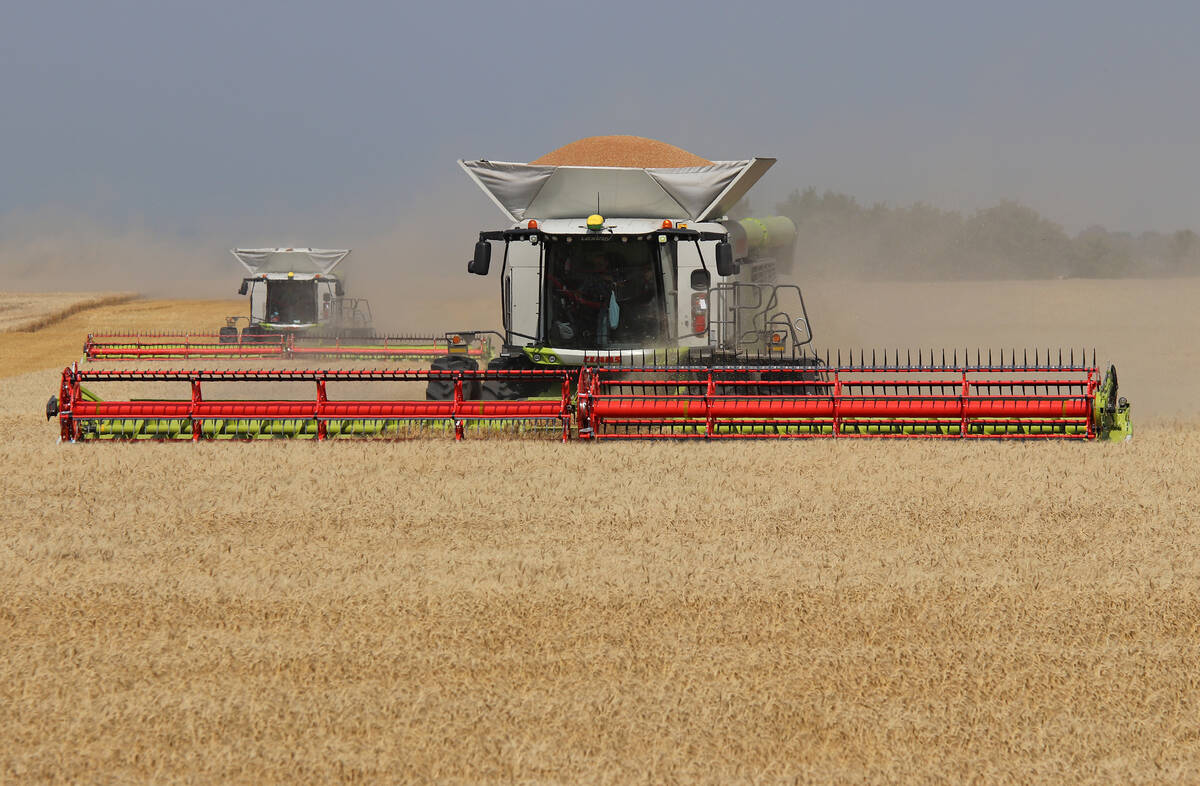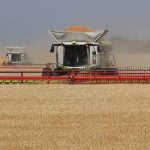CNS Canada –– An early spring and relatively dry fields across much of Western Canada should allow farmers to increase total seeded acreage in 2015, but most analysts only expect minor adjustments on a crop-by-crop basis when Statistics Canada releases its planting intentions report.
“StatsCan acreage numbers are always a bit unpredictable… but nobody is expecting anything too huge” in terms of an acreage shift, said Ken Ball of PI Financial in Winnipeg.
However, he added, there is always potential for a surprise in the report, due out Thursday.
Read Also

Argentine farmers bag last fields of a dream wheat season
With only a few hectares left to harvest, Argentina’s wheat production is expected to exceed the country’s record wheat harvest of 22.2 million tons for the 2021/22 season by up to 25 per cent, according to official data.
Bruce Burnett, CWB’s market analyst, said total area to all crops will be up on the year, as parts of southern Saskatchewan where excess moisture hampered seeding in recent years should come back into production.
On a percentage basis, he expected peas and lentils would likely see a larger acreage increase than wheat and canola, with oats and barley also looking like good cropping options in formerly flooded areas.
Wheat and canola account for the two biggest crops in the country and should stay that way in 2015. However, analysts are divided over whether area to those two crops will be up or down on the year.
Pre-report estimates for all wheat (spring, winter and durum combined) range from about 23.5 million to 27 million acres, which would compare with the 24.2 million acres seeded in 2014. Of that total, durum has the greatest potential for expanded area, with trade guesses calling for area of 500,000 to 1.5 million acres above the 4.75 million seeded the previous year.
Canola area could be up by over a million acres or down by over a million from the 20.3 million seeded in 2014, with estimates ranging from 19 million to 21.5 million acres.
Canola is looking more attractive for new-crop compared to wheat, and costs are relatively comparable, said Jerry Klassen, manager of Swiss-based GAP S.A. Grains and Produits in Winnipeg.
“The market for canola needs to encourage acres for next year,” he added, noting there is more domestic crush capacity coming online that will need to be filled.
Barley is one crop where the consensus points to significant acreage increases.
“The barley market needs big acres, and if we don’t get it, the barley market could be hot,” said Klassen, pointing to tight carryout projections for the crop.
After seeding 5.9 million acres of barley in 2014, trade estimates for 2015 barley plantings range from about 6.4 million to as high as eight million acres.
Estimates on oats area range from roughly 2.7 million to 3.4 million acres, which would compare with the 2.8 million seeded in 2014.
For peas and lentils, acreage could be steady to up by 10 per cent or more from the 3.8 million and 3.1 million acres seeded to the two pulse crops respectively in 2014. Pea area is forecast at 3.7 million to 4.5 million, while lentil estimates range from about 3.2 million to 3.8 million.
“I suspect we’ll see the largest acreage of pea and lentils in Canadian history,” said Mike Jubinville of ProFarmer Canada in Winnipeg.
“The only limitation on lentil acres will be the available amount of seed… and disease issues in the eastern parts of Saskatchewan,” he said.
— Phil Franz-Warkentin writes for Commodity News Service Canada, a Winnipeg company specializing in grain and commodity market reporting.
















